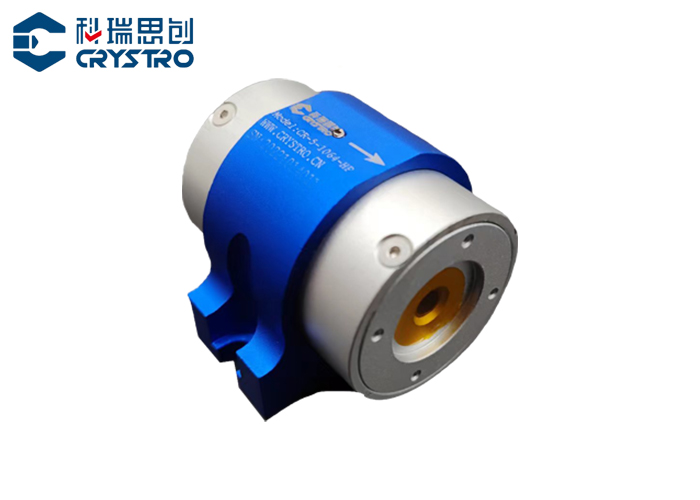Hallo! Lassen Sie uns über etwas wirklich Cooles aus der Welt des Lichts und des Magnetismus sprechen – Faraday-Rotatoren. Lassen Sie sich vom Namen nicht abschrecken; es ist nicht so einschüchternd, wie es klingt. Stellen Sie sich vor, Sie lassen einen Lichtstrahl wie einen Kreisel rotieren, aber anstatt dass er sich an Ort und Stelle dreht, wird seine Polarisation – das ist die Richtung, in die die Lichtwelle wackelt – verdreht. Das ist im Wesentlichen das, was ein Faraday-Rotator macht, und er ist eine große Sache in der Welt der Photonik, in der es darum geht, Licht zu kontrollieren, um unsere Technologie schneller und intelligenter zu machen.

Neue Superhelden-Materialien
Was gibt es Neues und Spannendes? Wissenschaftler haben einige raffinierte Materialien gefunden, die Licht noch besser als je zuvor bündeln können. Man kann sich diese Materialien als Superhelden für Licht vorstellen. Es gibt beispielsweise ein Mineral namens Granat, aber nicht nur irgendeinen Granat – wir sprechen von einem speziellen Typ, dem Wismut zugesetzt wurde (Bi:YIG). Dieses Material bündelt Licht so gut, dass es die Polarisation eines Lichtstrahls superschnell ändern kann, innerhalb von nur etwa einem Millimeter. Das ist, als würde man einen Lichtstrahl mit 99,41 TP3T auf weniger als der Breite eines menschlichen Haares herumwirbeln!
Aber das ist noch nicht alles. Einige sehr dünne Materialien, wie einzelne Schichten bestimmter Halbleiter (denken Sie an so dünne Schichten, dass Sie ein Mikroskop brauchen, um sie zu sehen), können ebenfalls die Lichtpolarisation verdrehen, und zwar mit einer für ihre Größe rekordverdächtigen Verdrehung. Es ist, als hätten sie übernatürliche Kräfte, um Licht zu drehen.
Licht und Magnetismus: Ein dynamisches Duo
Wie können diese Faraday-Rotatoren ihre Magie entfalten? Das Ganze dreht sich um Magnetismus. Wenn Licht durch diese speziellen Materialien fällt und ein Magnetfeld angelegt wird, wird die Polarisation des Lichts verdreht – wie beim Kreiseln eines Kreisels. Das ist ein großer technologischer Fortschritt, denn es bedeutet, dass wir Licht auf neue Weise steuern können und unsere Geräte dadurch schneller und effizienter werden.
Gutes Spiel mit photonischen Geräten
Aber hier ist der wirklich coole Teil: diese Faraday-Rotatoren sind keine Einzelgänger. Sie können in größere Systeme integriert werden, wie etwa photonische Geräte, bei denen es darum geht, Licht zu steuern, damit es unseren Wünschen entspricht. Wissenschaftler haben herausgefunden, wie man diese Rotatoren dazu bringt, im kleinen Maßstab gut mit anderen Komponenten zusammenzuarbeiten, so als würden sie perfekt mit anderen Puzzleteilen zusammenpassen. Das bedeutet, dass wir mehr Leistung auf kleinerem Raum unterbringen können, was großartig ist, um Dinge wie Computerchips schneller und effizienter zu machen.
Also, da haben Sie es – Faraday-Rotatoren sind wie die Kreisel der photonischen Welt, und mit neuen Materialien und besserer Integration werden sie unsere Technologie schneller und intelligenter machen. Es ist eine aufregende Zeit, das Licht fantastisch zu beobachten!

